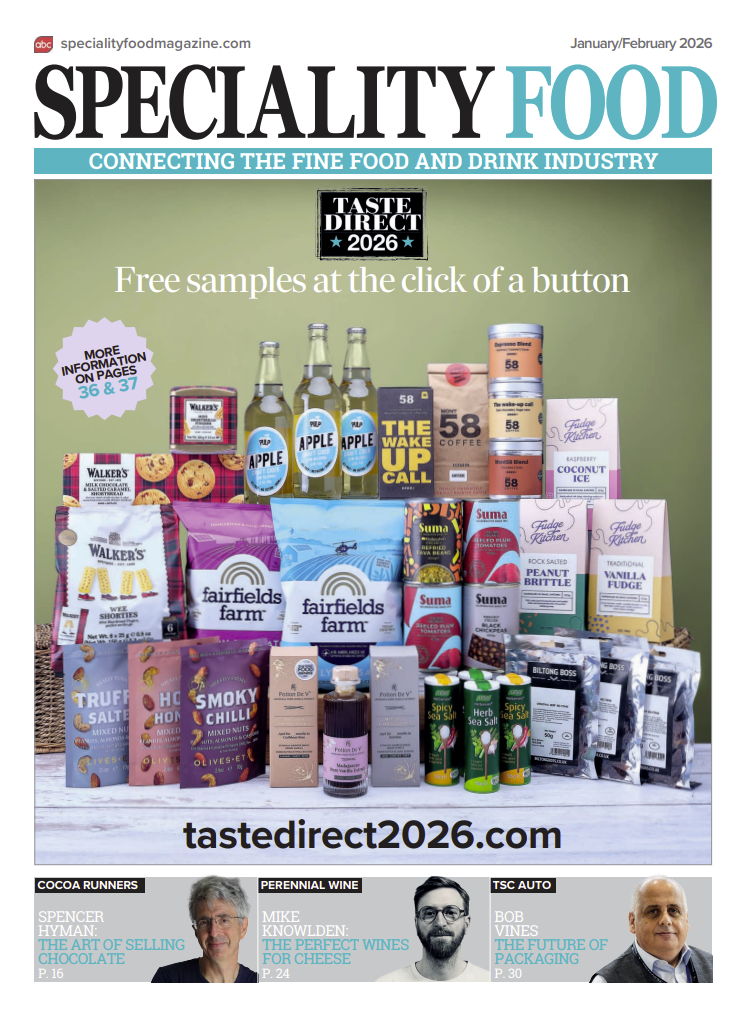-
‘How we celebrate Christmas’
16 November 2025 ChristmasRetailers across the UK share what makes the festive season magical for them – and their insider tips to help 2025 be the best yet -
FREE download: Become future proof thanks to The Ultimate Guide to Sustainable Supply
05 November 2025 SustainableLearn why and how to evolve your supply chain with invaluable sector insight and expert intel -
FDF leading the way for a ‘nature positive’ food system in Britain
03 November 2025 SustainableThe organisation hopes to help food and drink businesses achieve impactful nature goals by 2030 -
How to make your shop look amazing this Christmas
29 October 2025 ChristmasArtful displays can make all the difference when it comes to seasonal profits -
5 of the biggest trends to know for Christmas 2025
19 October 2025 ChristmasThe experts weigh in on the factors shaping the food and drink world this season -
Make your merchandising count this Christmas
13 October 2025 ChristmasImmerse your customers in the magic of the season for optimum Christmas sales -
Expert tips for making Christmas hampers
01 October 2025 ChristmasHampers are an easy way for your customers to gift over the Christmas season. Experts share their tips for success -
How food retailers can attract more customers at Christmas
01 October 2025 ChristmasDiscover marketing ideas for fine food retailers to attract new customers during the festive season and beyond -
Christmas drinks to stock up on now
16 September 2025 ChristmasThe season of celebration is nearly upon us, so now’s the perfect time to refresh your drinks offering... These are the products worth stocking now -
Festive cakes and puddings to stock in 2025
14 September 2025 ChristmasFestive-flavoured cakes and puddings are must-stocks at this time of year – we ask the experts what’s worth stocking and why -
An expert guide to selling cheese at Christmas
11 September 2025 ChristmasCheesemongers from across Britain share their best advice to help your counter thrive this Christmas, and into the New Year
News
top stories
-
Happy Christmas from Speciality Food
The team reflects on 2025, and is looking forward to an exciting new year -
Happy Christmas from Speciality Food
11 December 2025 Christmas -
Budget 2026: The food, drink and retail industries react
26 November 2025 Brexit






